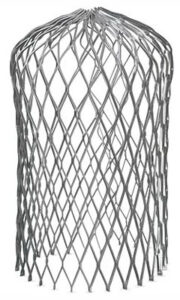Let me ask you a few questions:
Do you enjoy living in a resort like community?
Do you love the quality of life here in Charbonneau?
Would you like to make sure that you have some influence in maintaining the beauty and livability of your community?
Do you have one day each month (second Wednesday monthly meeting) that you could volunteer your time to meet with others (from 10 am to 12:30 pm)who have your same goals in mind? The board position does require a significant time commitment for Committee Assignment, but if this sounds like something you would like……
We need new board members as some of our current board members’ terms are expiring. If you would like to get involved or just want to learn more what the opportunity entails, reply to this post with your Name and how you would like to be contacted (we can look up your email and phone, you don’t need to post that), or call Bill Steele by March 26th.
Thanks – we look forward to getting to know you and working with you, as together we work to keep Charbonneau great




